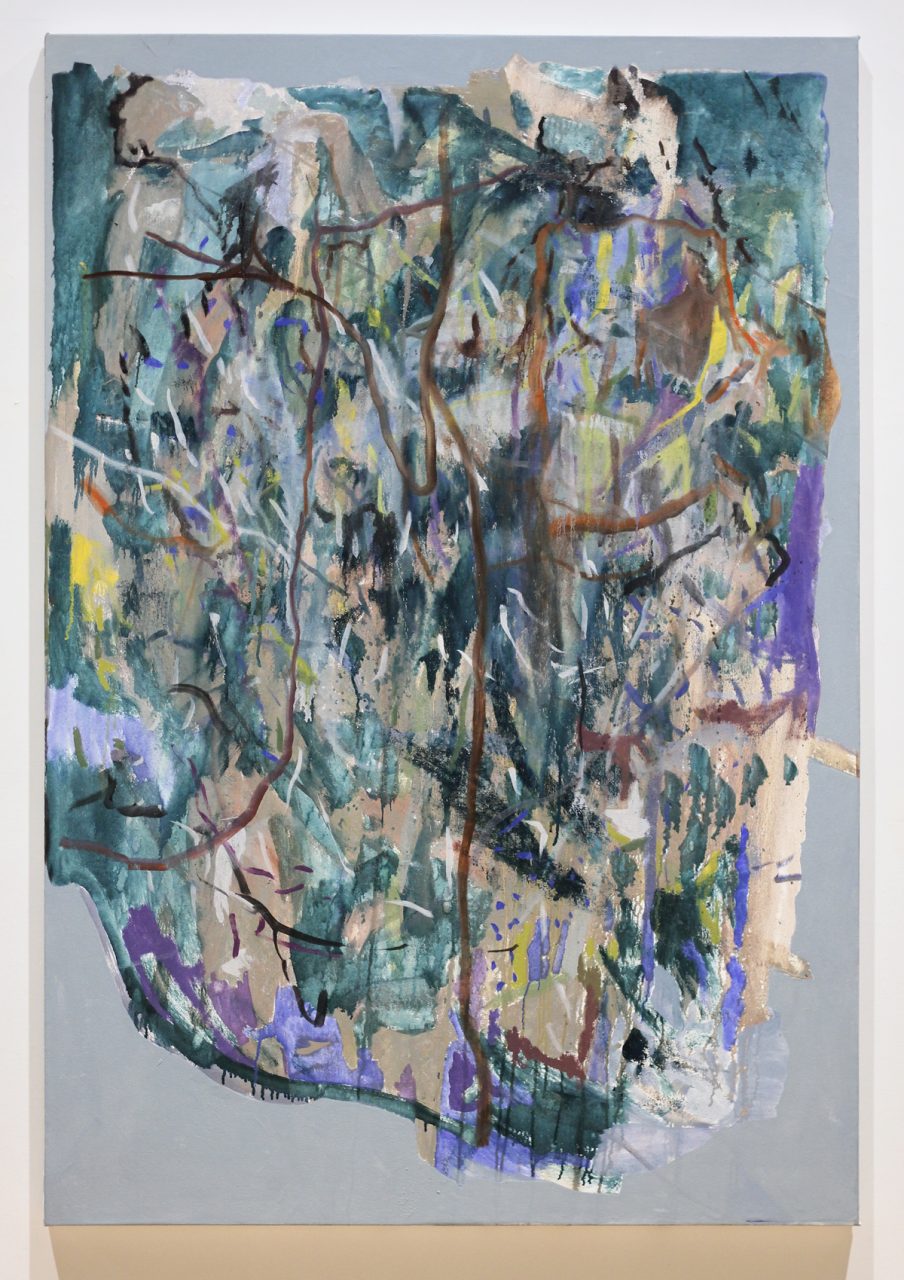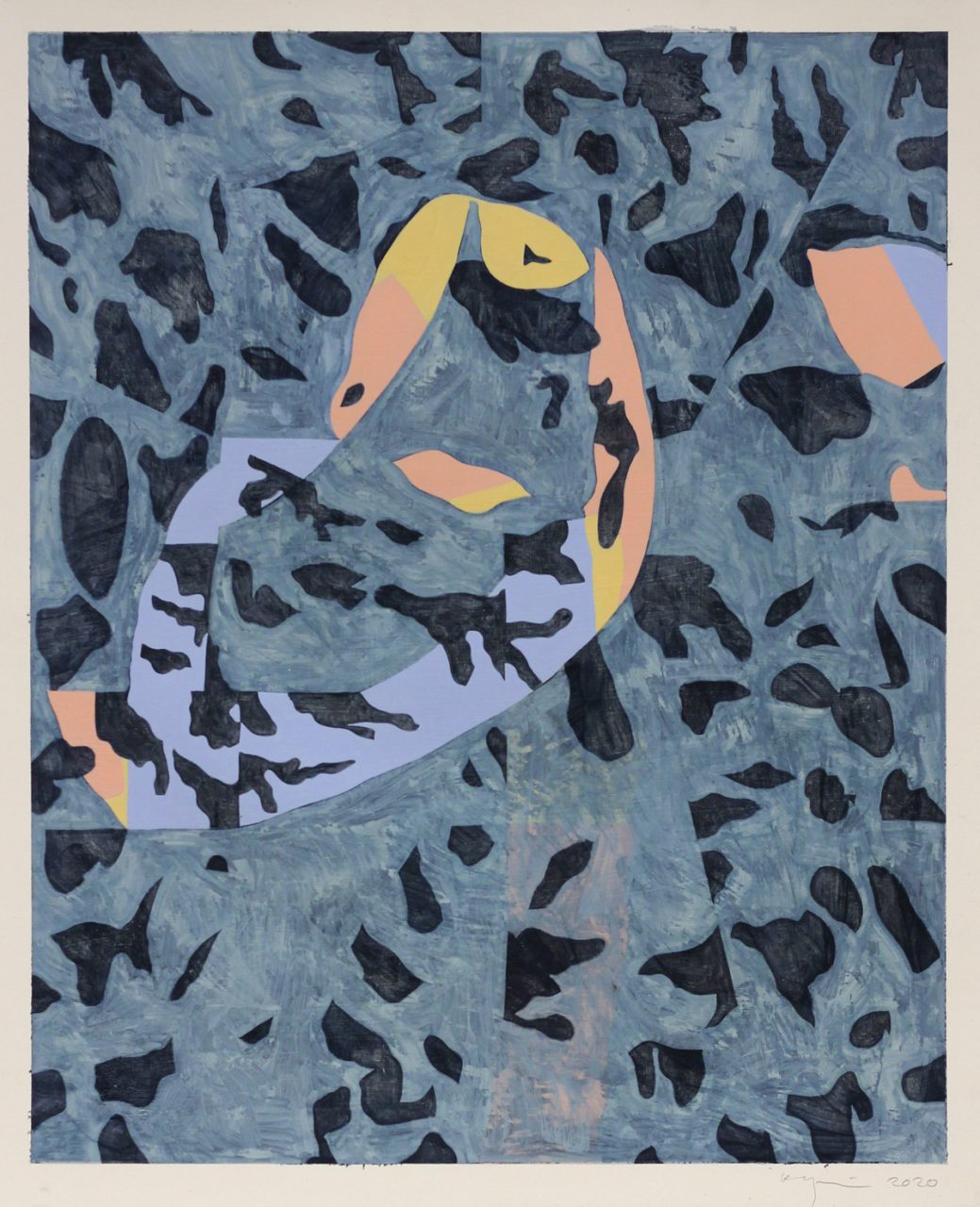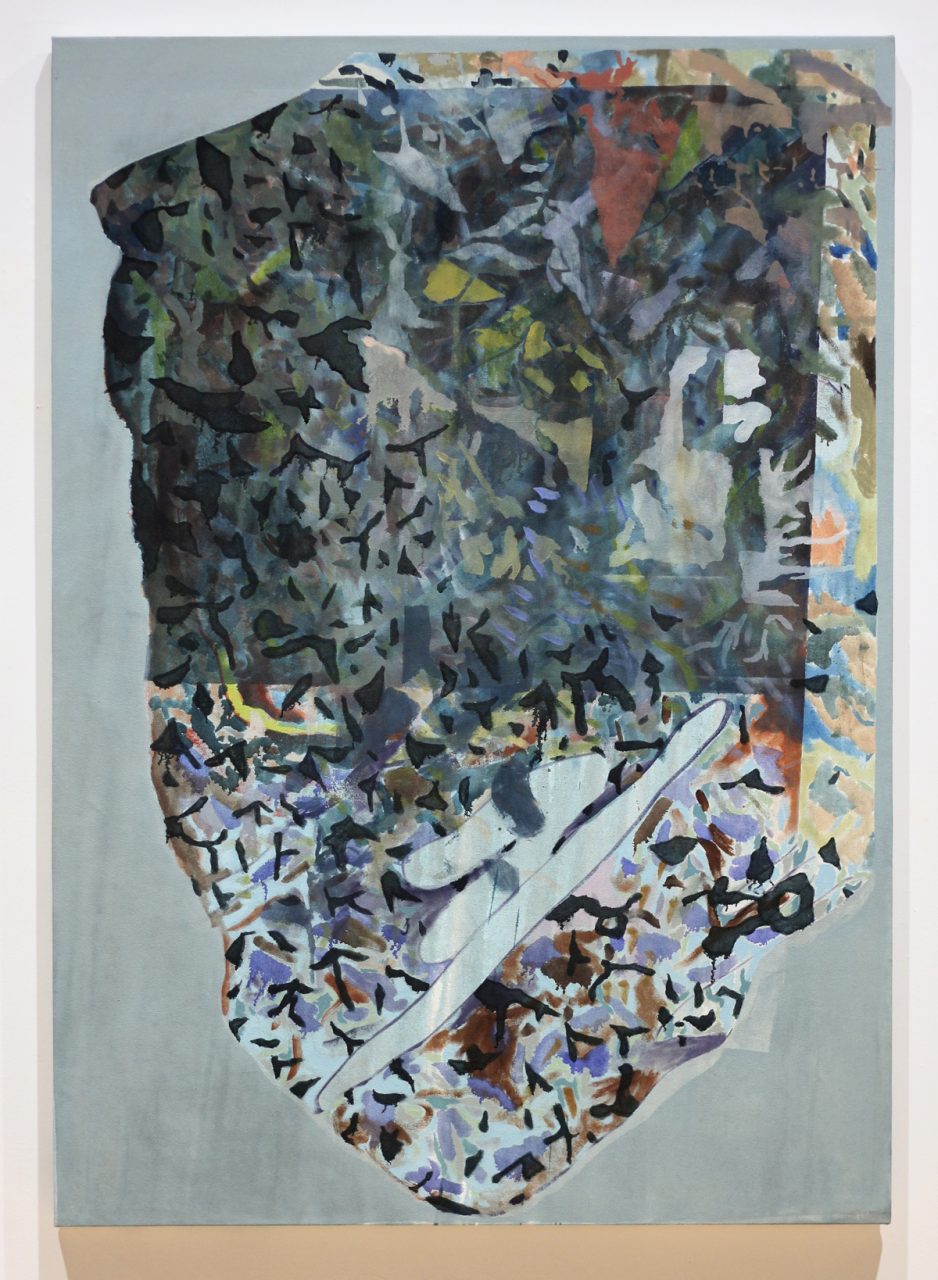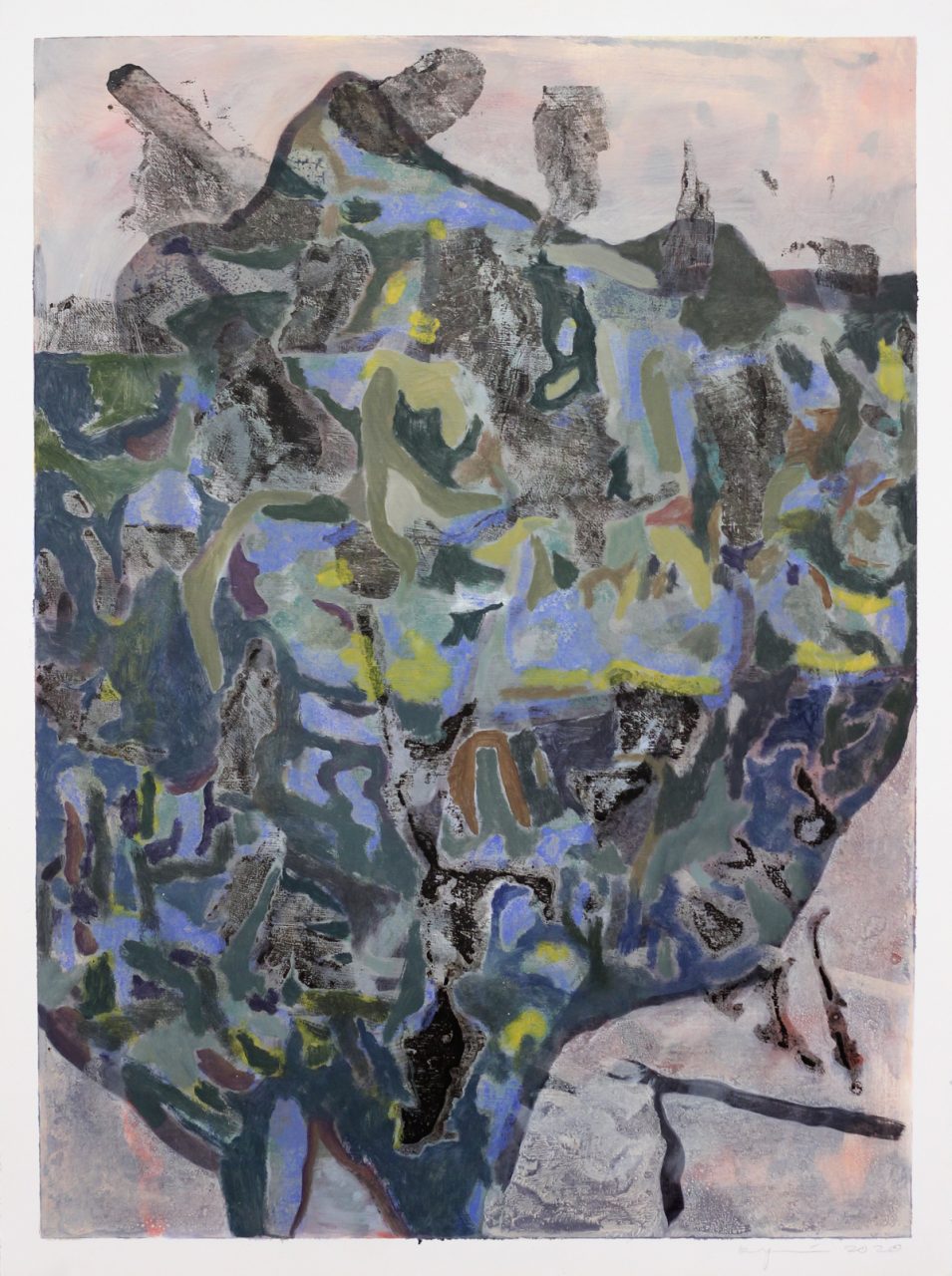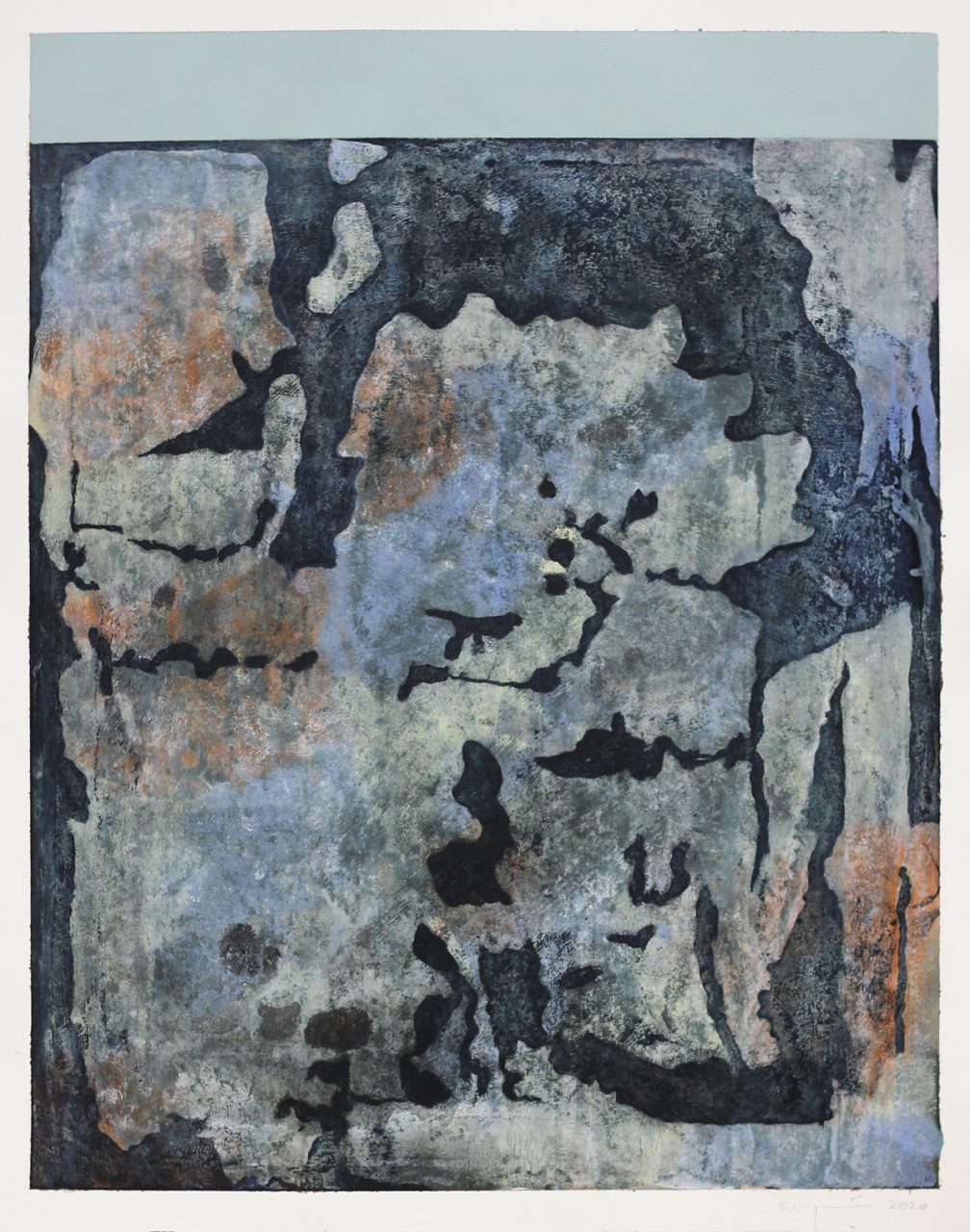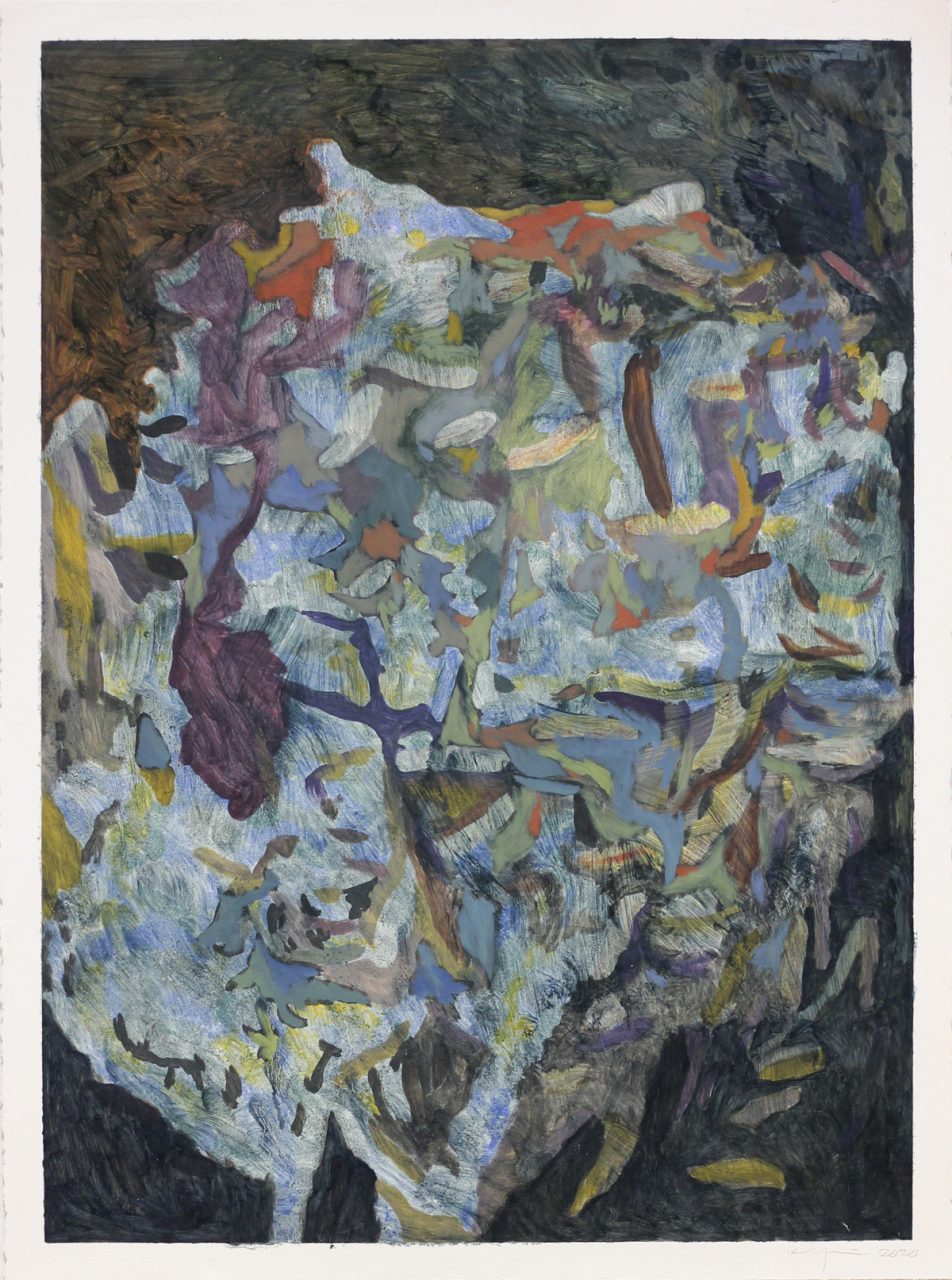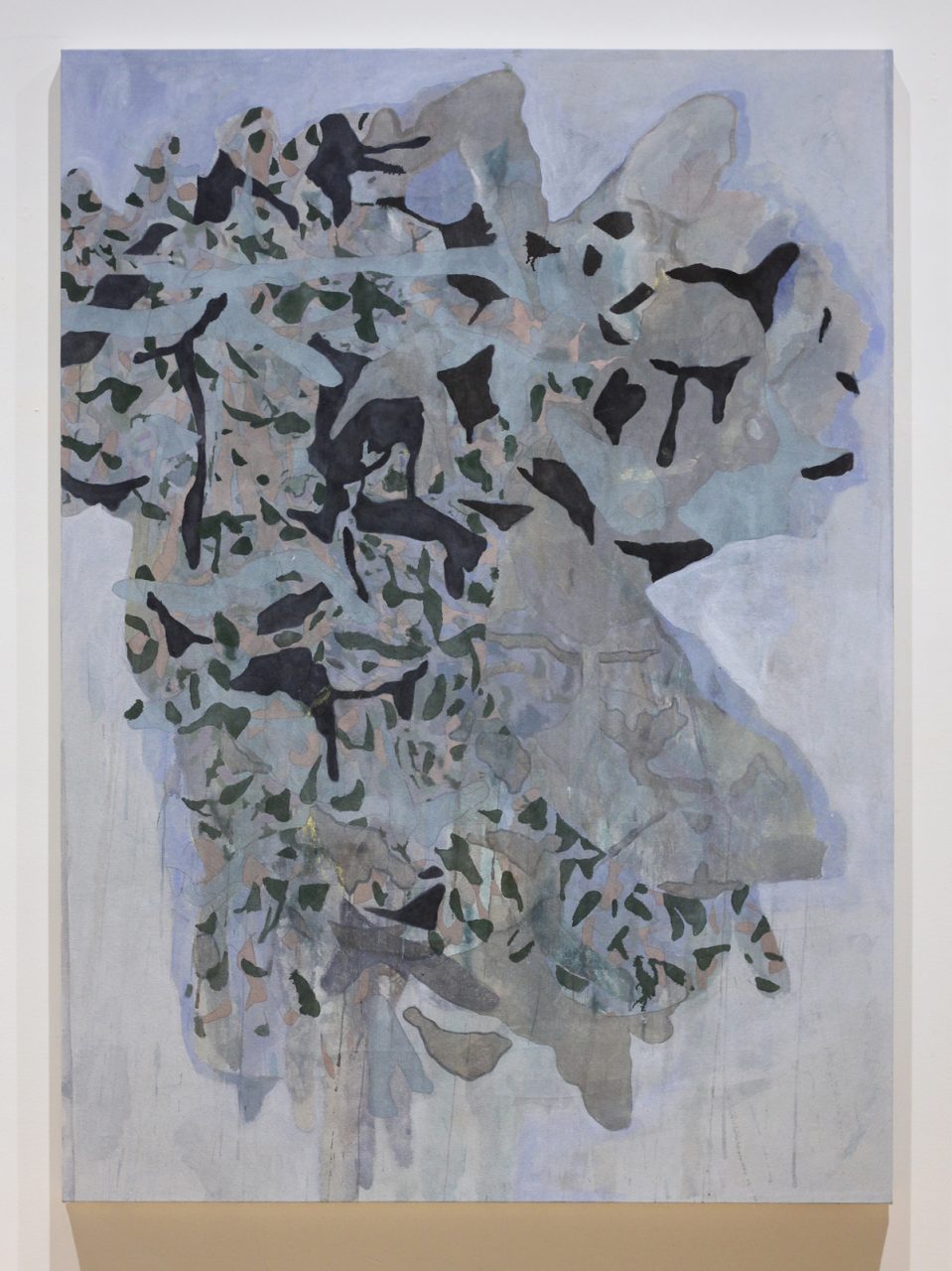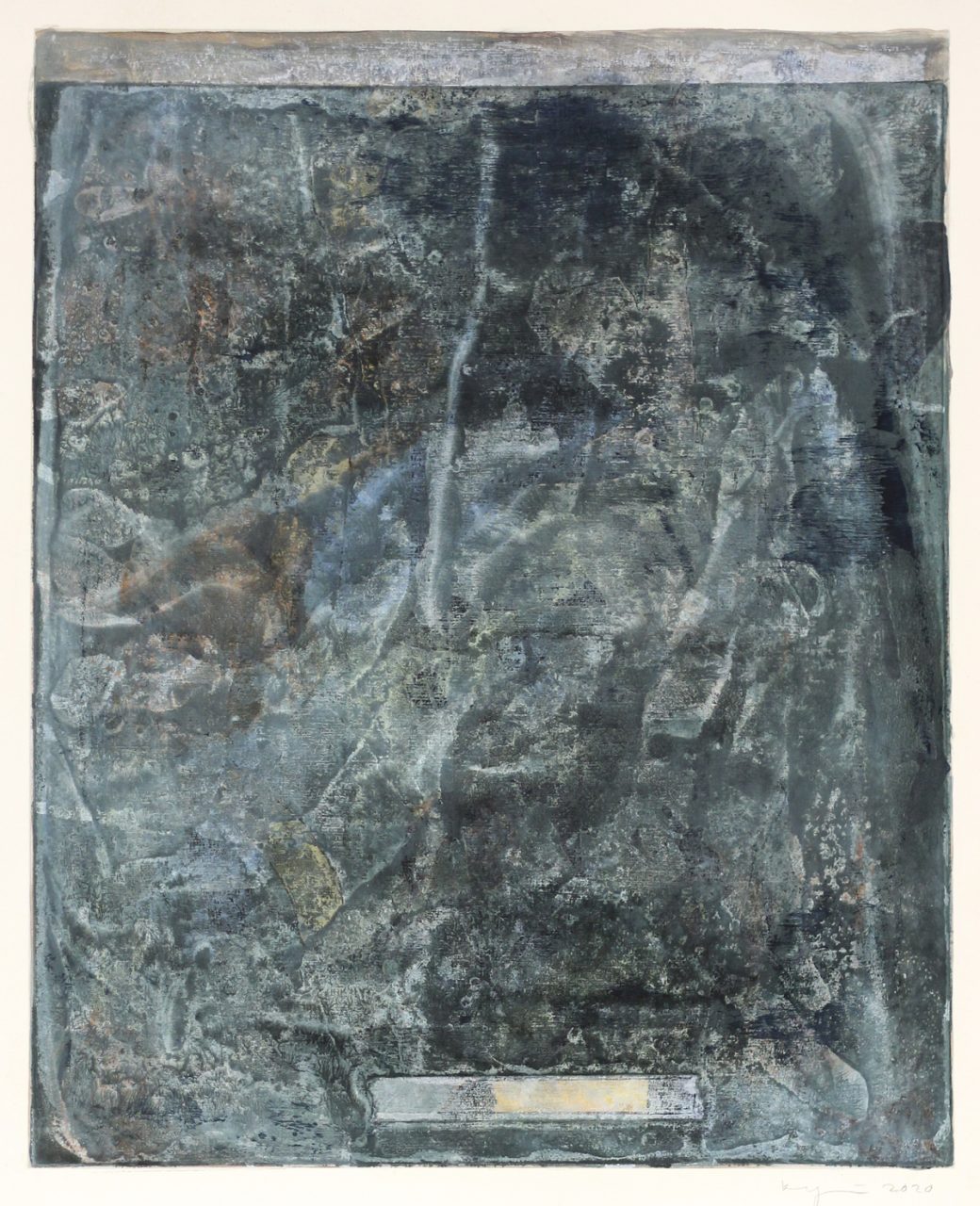Krisjanis Kaktins-Gorsline – Art Toronto Pop-Up @ SBG
Krisjanis Kaktins-Gorsline @ SBG Pop-Up
We have watched Krisjanis Kaktins-Gorsline’s painting for probably 10 years now, but always respected his representation with Katherine Mulherin. We started speaking with him in the Spring just has he moved deep into the Manitoba woods near Riding Mountain National Park.
His plan was to paint plein-air paintings, romantically immersing himself in nature, like the Impressionists. What he discovered were bears, rain, mosquitos and a psychological challenge that he had not expected. The paintings created over the summer that we will be featuring at Art Toronto are gritty, immediate, intuitive, painterly, complex, but also very beautiful.
A Comedy of Discomforts
“In the spring of 2020, during the salad days of the COVID-19 pandemic, I found myself, sequestered in rural Manitoba; lost myself might be more appropriate. After a catastrophic studio fire and the suicide of my long time friend and dealer Katharine Mulherin, I needed to “sort myself out”. As the virus descended upon North America and everyone hunkered down for their mandated vacation from work, I decided to take advantage of this dead time to make paintings. On the one hand, I felt that I had been practicing for this moment my entire life. All those anti-social hours fettered away behind closed doors finally showed up as a virtue. Finally, my already socially distanced existence was becoming normalized. On the other hand, I just made art, because, like a confused dog, it’s the only trick I know.
As days rolled over into months, I saw the heat of summer approaching and decided to embrace my rural surround. I set up an outdoor studio behind my family’s house facing a dense wood; a large freestanding easel and a couple of sawhorse tables.
I thought about the impressionists. I thought about their love of nature, of beauty and leisure, of being bourgeoisie. I thought about Monet daubing away in his stage set of a garden. Munch, painting outside in his underpants, letting the natural world charge his work with elemental anxiety. I considered Manet and his sexy picnics. Van Gogh and Cezanne, wandering around the county side, going crazy in the European sun, trying to have a vision of something new. I thought about the Group of Seven, but then thought better of it. I had daydreams of myself in a straw hat and short pants, brow furrowed in the hot sun, summer bugs buzzing like in a western movie. Finally, after being bogged down in all this oblique conceptualism, I had conceded; I was a plein air painter! I was ready to let the splendor of the natural world flow through me onto the canvas, ready for pleasure, and leisure, and the bourgeoisie.
But, the existential crises of those artists are not my existential crisis, and their nature is not my nature. Maybe it was the fact of trying to address nature in the midst of a global pandemic, or that I’m not outdoorsy really, perhaps I possess a certain sour sensibility. I found my advances towards Mother Nature rebuffed. I found her bosom sharp and indifferent. In fact, my experience of looking at nature was nothing like an encounter with a person at all, let alone a caricature of femininity. The agency I experienced would rightly be described as a radical a-subjectivity. It was not at all personable, but did have presence. Big and messy, always moving, always changing, swaying and creaking. I screwed my eyes to find a point of focus amidst the perpetual detail and distraction. I felt held at bay, on the outside looking in. I didn’t feel close to it. I was not having my immersive experience.
I felt teased. The wind blew my materials about. The sun was always too hot, too bright, in the wrong spot. The rain sensed my momentum and pushed me back in doors whenever I got up to speed. I had no straw hat.
Mosquitos, ticks, and the like pricked at my body and concentration. Bees tried to pollinate with the artificially bright colours, only to get stuck in. Flies licked my damp skin whenever I stood still. Moths dusted the paintings by night and had to be brushed of in the morning. Dewy spider webs tangled between my brushes. Rabbits, deer, and bears all made studio visits. To them the paintings were an aberration, a fuzzy cataract on their otherwise coherent field of significance, a black hole in the Umwelt. I’m not sure they could even see them.
One dreary morning I was greeted at the easel by a dead fox. A hawk or owl had disemboweled the young fox in the night. It was disposed at my easel like some pagan warning. The forest was saying, “KEEP OUT”. Its small body just lay there. I thought about it hovering playfully though the woods the way foxes do. But it didn’t. I cleaned up its little corpse by placing it in a garbage bag and burying it. Although it was already dead, I further de-natured it by swaddling it in slippery black polyethylene polymer. I’m human after all; it’s all I know to do when confronted with death. Plus, to leave it there would only invite more unwanted animals into the territory of my studio.
More than trumpeting the sublime the experience of making these paintings conjured the uncanny. I felt out of place, ill at ease and prone. My presence was like an atonal voice in the choir, disjointed and out of step with rhythms that predated me by millions of years. I felt awkwardness where I desired intimacy. Everything was either to close or too far, unwantedly penetrating or vexingly elusive. It’s hard to imagine humans ever being at home in this. How did our soft naked bodies ever make it?
When I could focus, usually in the late afternoon or early evening, I would try to transcribe something of the forest onto my paintings. I tried to capture the dappled fragments or mimic the embarrassments of colour. Sometimes I would just trace the shadows as they moved across my painting in the evening light. I followed an ant along the surface with my brush. I recorded moments as they happened, trying to locate a sympathetic rhythm in the cacophony; marks piled up in a density of duration.
I left the paintings out in the weather hoping that the environment would affect them somehow; that they could become infused with some sort of primordial energy. Sometimes a heavy rain would run the colour, but more often than not the artificial hues and industrially produced fabrics remained unphased by their surroundings. They seemed as indifferent and withdrawn to the forest as it was to them. Even though the paintings stood in nature they would never be of nature, at least not during this short span of time. These materials, expressly made to endure, would only dissolve back into the dirt under the time of the rock.
Just as often I would look at images I’d taken with my phone while walking the dog. Somehow this felt more comfortable, experiencing nature through a screen. It stopped moving. I could hold it in my hand. Perhaps I’m not ready for the dopamine fast that plein air painting requires. It could be that my neurons are now permanently rewired in a closed circuit with the Internet.
As much as I was painting, I was doom scrolling through the endless refresh of media updates about the havoc the pandemic was wreaking on civilization. It was ironic that I was trying to become friends with nature at the very moment in which nature had seemingly decided to withdraw its friendship from humanity. Even the notion of plein air seemed ridiculous. To be in “full air” while thousands wheezed into ventilators. It was decadent, a folly at best. I should be on Zoom, be seen seeing, tumbling through the cascades of urgency with the rest of the world. But maybe I was a little like Courbet, casting off the city to stand alone in a bucolic pose with the trees and hillbillies. Maybe my culture was the real decadence. I doubt it though. I was probably just avoiding something.
The paintings I’ve made exist as a kind of testament to a feeling of ambivalence towards the natural world. It’s a reciprocal ambivalence really. The paintings speak to a situated experience of a very particular time. They don’t represent that time but they do embody it. A subjective experience of radical a-subjectivity. Their pleasure is tinged with anxiety and uncertainty. They approach nature through the uncanny, an intimate distance, rotting at the same time it grows. Maybe it’s all the same at the level of thermodynamics. I don’t know.
I looked at nature, nature looked at me, and then we politely parted ways.”
Krisjanis Kaktins-Gorsline, October 2020
Krisjanis Kaktins-Gorsline received a BFA from the University of Manitoba and an MFA from Columbia University. Krisjanis was also an instructor at the University of Manitoba from 2011-2015.
Recent solo exhibitions include: L’homlette, Winnipeg New Music Festival/Plug In ICA, Winnipeg, Fruit on Black, Actual, Winnipeg, Mangle & Plexus, at Katharine Mulherin, Toronto, Nervous Lattice, at Battat Contemporary, Montreal, Krisjanis Kaktns-Gorsline: Recent Paintings and Drawings, at Mullherin Pollard, New York, and Krisjanis Kaktins-Grosline, at Heather James, Palm Springs, California.
Krisjanis’ work has been featured in recent group exhibitions including: Abstract Objectives, Winnipeg Art Gallery, Re-Configuring Abstraction, School of Art Gallery, University of Manitoba, Indivisible at the Foreman Art Gallery in Quebec, Here We Aren’t So Quickly at Thierry Goldberg in New York, The Pheonix Art: The Renewed Art of Contemporary Painting, curated by Robert Enright at Simon Blaise in Montreal, and The Open, at Deitch Studios in New York.
Krisjanis was a semi-finalist in the 2011 RBC Canadian Painting Competition. In 2011 he was also the recipient of the Canada Council for the Arts, Research and Creation Grant.
For over a decade Krisjanis Kaktins-Gorsline has used the medium of painting to explore the influence of media and technology on contemporary subjectivity. For the artist, painting and subjectivity are often seen as synonymous, forming a creative milieu where experimentation with the medium of painting becomes experimentation with identity and experience. Kaktins-Gorsline’s work is distinct in the way that it folds diverse styles, tropes and processes into itself, along with representations of the artists’ body and experiences. These elements coalesce to form a practice in which identity is often located and dislocated in the same moment.

